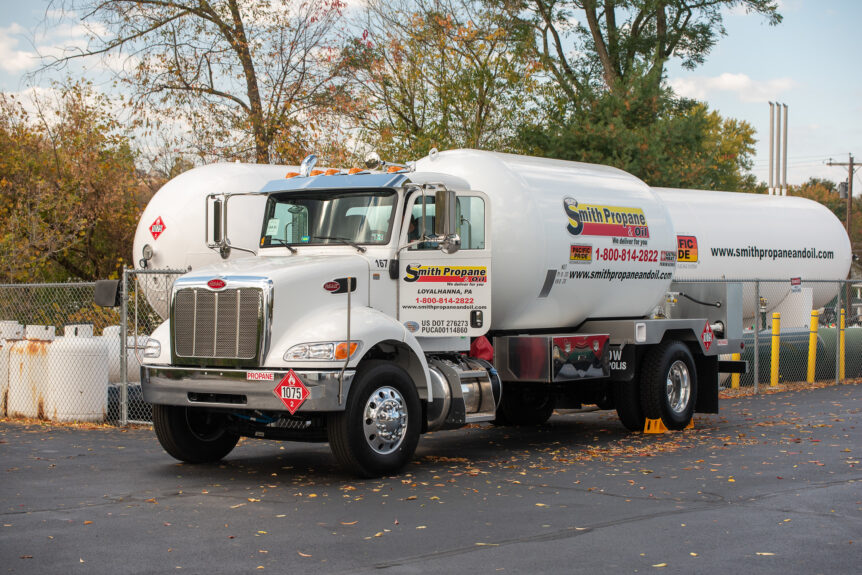Cold weather can bring many challenges, from dry skin to uneven heat or even no heat at all. Here are some solutions.
1. No heat?
Check your power first! If your heat stops working and you’ve made sure it is related to your house only — not a wide-scale power outage —your next step should be to check to see if the power switches to your boiler or furnace have been accidentally turned off. If your circuit breakers or fuses are all on, look at the power switch located on the side of the heating system or on a wall nearby. Farther away, often at the top of the basement stairs, there is an emergency switch with a red cover plate that is labeled. It can be easy to switch it off by mistake, thinking it is the light switch for the basement. If your circuit breaker continues to “trip,” be sure to call for service, as this could be a sign of a serious problem.
2. Thermostat Check
Make sure your thermostat is set above room temperature and to HEAT. Check to see if you need new batteries too. Remember, it is the thermostat’s job to send a signal to your boiler or furnace to call for heat. But this signal may be interrupted if the wiring of the thermostat has begun to deteriorate or if dust is building up inside.
3. Time for a reset
If you still have no heat and know you are not out of fuel, press the reset button on the oil burner. The button is a safety control that shuts the burner down if a problem is detected. Do not push it more than once. Repeatedly pushing this button may cause damage. If you have a modern gas system, there also should be a reset button that should be pushed once only. If you have an older gas system, check to see if the pilot light has gone out.
4. Pay attention to your system
Be sure to change or clean the air filter on a regular basis if you have a warm-air furnace. A filter clogged with dust compromises efficiency and can cause your furnace to shut down. For steam boilers, check the water gauge periodically. Low water levels are a leading cause of boiler shutdowns. Steam boilers should also be “flushed” when the water in the gauge looks rusty. Talk with us if you’re not familiar with this procedure.
For hot water boilers, make sure the water level of the boiler is at half-full. The boiler’s automatic filling system, controlled by the pressure-reducing valve, should maintain the proper water level at 12 to 15 psi (pound-force per square inch) of pressure. If there isn’t a pressure-reducing valve, manually feed the boiler by opening up the water feed valve until the boiler pressure reaches 12 psi.
5. Don’t run out!
There is no way of knowing if COVID-19 will impact our deliveries in
the coming months. So it is especially critical that you are on automatic delivery so you don’t have to call every time you need more fuel. If you are already on automatic delivery and your usage patterns have changed, (you are working from home and keep the heat on longer; or you’ve moved to a second home and aren’t using as much, etc.), please let us know.
6. Please help our drivers
Our delivery drivers are the best on the road. They have to be! They’re out there in all kinds of weather, doing everything they can to make sure you stay warm. Ice and snow on the ground can turn an already tough job into a potentially hazardous one. You can give us a hand by keeping the path to your fuel storage tank clear after a storm and removing any nearby obstacles such as fallen branches. We also need you to shovel or plow your driveway and keep it free of ice. Safety codes prohibit us from navigating our trucks on slippery driveways. Our drivers thank you in advance!

